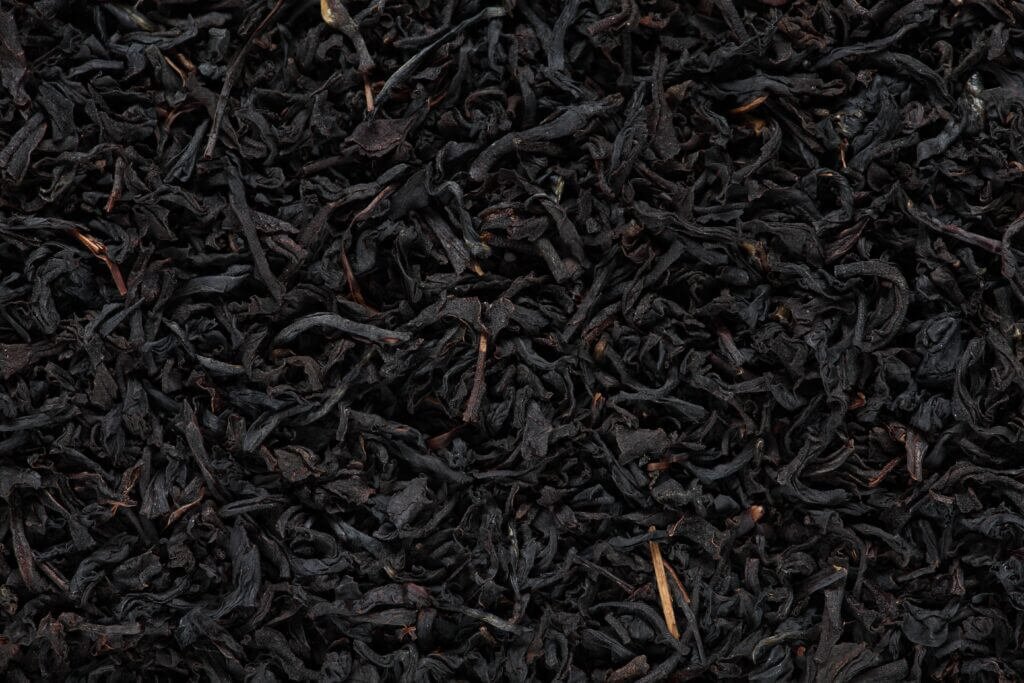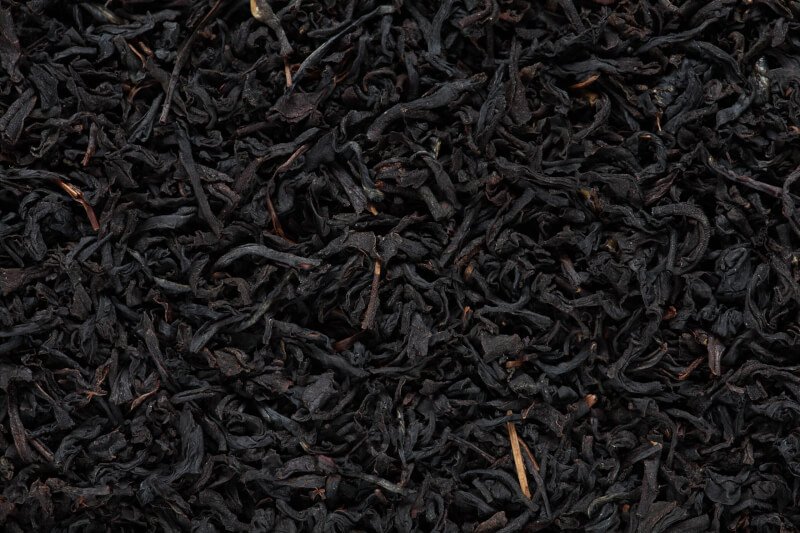So you’ve ventured into the world of specialty tea, filled with an array of flavors and aromas waiting to be discovered. But with so many options, how can you be sure of the quality of the tea leaves you’re selecting? Assessing the quality of specialty tea leaves is an art, and it requires a keen eye and a discerning palate. From examining the appearance and aroma to assessing the taste and brewing method, there are various factors to consider when determining the quality of specialty tea leaves. In this article, we will guide you through the process, allowing you to choose the finest leaves and enhance your tea-drinking experience.

Appearance
When it comes to assessing the quality of specialty tea leaves, one of the first aspects to consider is the appearance. The appearance of tea leaves can tell you a lot about their quality and potential flavor.
Color
The color of the tea leaves can vary depending on the type of tea. For example, green tea leaves are typically a vibrant green color, while black tea leaves are dark brown or black. When examining the color of the leaves, look for consistency and uniformity. High-quality tea leaves should have a consistent color throughout, indicating that they have been processed and dried properly.
Size and Shape
The size and shape of the tea leaves can also provide valuable information about their quality. Look for leaves that are whole and intact, as this is a sign of a higher quality tea. Fragments or broken pieces of leaves may indicate poor handling or processing. In addition, the shape of the leaves can vary depending on the type of tea. For example, green tea leaves are often more delicate and needle-like, while black tea leaves are larger and more twisted.
Aroma
The aroma of tea leaves is another important factor to consider when assessing their quality. The aroma can give you a hint of what to expect in terms of flavor and intensity.
Fragrance
Take a moment to inhale the aroma of the tea leaves. The fragrance should be pleasant and inviting. Different types of tea will have different aromas, ranging from floral and grassy for green tea to malty and earthy for black tea. Trust your senses and choose tea leaves that have a fragrance that appeals to you.
Intensity
The intensity of the aroma can also provide insight into the quality of the tea leaves. High-quality tea leaves will have a strong and distinct aroma, while lower-quality leaves may have a more muted or dull scent. Look for tea leaves that have a vibrant and robust aroma, as this is often an indication of freshness and quality.

Taste
Of course, the taste of the tea is the ultimate indicator of quality. Here are some factors to consider when assessing the taste of specialty tea leaves.
Flavor Profile
Each type of tea has its own unique flavor profile, which can vary widely depending on factors such as processing methods and terroir. When tasting specialty tea leaves, pay attention to the complexity and balance of flavors. High-quality tea leaves will offer a depth of flavors, with notes that are well-rounded and harmonious. Look for teas that have a pleasant and distinct taste that suits your preferences.
Smoothness
The smoothness of the tea is another important aspect to consider. Good quality tea leaves should produce a smooth and silky texture in the mouth, without any harsh or astringent sensations. The tea should feel pleasant and refreshing on the palate, with a clean finish.
Aftertaste
The aftertaste is the lingering flavor that remains in your mouth after you have finished sipping the tea. The aftertaste can provide valuable insights into the quality of the tea leaves. Look for tea leaves that leave a pleasant and long-lasting aftertaste, as this can indicate a higher quality tea.
Origin
The origin of the tea leaves can greatly influence their flavor and quality. Here are some factors to consider when assessing the origin of specialty tea leaves.
Region
Tea is grown in various regions around the world, each with its own unique climate and soil conditions. The region in which tea is grown can greatly impact the flavor and characteristics of the leaves. Some well-known tea regions include Darjeeling in India, Yunnan in China, and Uji in Japan. Research the different tea regions and explore teas from different origins to discover your preferences.
Altitude
Altitude plays a crucial role in the cultivation of tea leaves. Higher altitude tea gardens often produce tea leaves with more complex flavors and nuanced aromas. The elevation at which the tea is grown can affect the tea’s chemical composition and can lead to unique flavor profiles. Tea leaves grown at higher altitudes often have slower growth rates, which can contribute to their higher quality.
Terroir
Terroir refers to the unique combination of factors such as soil composition, climate, and topography that influence the characteristics of tea leaves. It is similar to the concept of terroir in wine. The terroir of a tea garden can impact the flavor, aroma, and overall quality of the tea leaves. Pay attention to the terroir of the tea leaves you are assessing, as it can provide valuable information about their unique qualities.

Processing
The processing methods used to transform freshly plucked tea leaves into the final product can greatly impact their quality and flavor.
Type of Tea
Different types of tea undergo different processing methods. For example, green tea leaves are typically steamed or pan-fried to halt oxidation, while black tea leaves are fully oxidized before being processed. Understanding the processing methods for each type of tea can help you appreciate the nuances of their flavors and aromas.
Plucking and Processing Methods
The plucking and processing methods used can also affect the quality of the tea leaves. Tea leaves that are carefully and selectively plucked by hand are often of higher quality than those that are machine-harvested. Additionally, the processing methods, such as withering, rolling, and drying, can greatly influence the final product. Look for tea leaves that have been processed with care and attention to detail for the best quality.
Degree of Oxidation
The degree of oxidation can greatly impact the flavor and characteristics of the tea leaves. Tea leaves that are lightly oxidized, such as green or white tea, will have a fresher and more delicate flavor. On the other hand, black or fully oxidized tea leaves will have a richer and more robust flavor. Consider your personal preferences when it comes to the degree of oxidation in specialty tea leaves.
Roasting Technique
In some cases, tea leaves may undergo a roasting process after they have been processed. Roasting can add depth and complexity to the flavor of the tea, as well as provide a unique aroma. Different roasting techniques can result in different flavor profiles, from light and floral to dark and toasty. Take note of the roasting technique used for the tea leaves you are assessing and consider how it influences the overall quality and taste.
Leaf Quality
The quality and condition of the tea leaves themselves are crucial factors to consider when assessing specialty tea.
Leaf Grade
Tea leaves are often graded based on their quality and appearance. Higher grades of tea leaves often indicate better quality and flavor. For example, in the case of black tea, higher grades may consist of large, whole leaves, while lower grades may contain broken or fragmented leaves. Familiarize yourself with the different grading systems for specialty tea leaves and use this knowledge to inform your purchasing decisions.
Leaf Consistency
Consistency in leaf size and shape is also an important factor to consider when assessing the quality of tea leaves. Look for tea leaves that are consistent in size and shape, as this can indicate uniform processing and quality control. Inconsistent leaf sizes may suggest that the leaves were not processed or sorted properly.
Presence of Stems or Twigs
The presence of stems or twigs in the tea leaves can also impact their quality. High-quality tea leaves should be free from visible stems or twigs, as they can negatively affect the flavor and texture of the brewed tea. While the presence of stems or twigs doesn’t necessarily indicate poor quality, it’s generally preferable to choose tea leaves that are free from these elements.
Packaging
The packaging of specialty tea leaves can affect their overall quality and freshness.
Protective Packaging
Good quality tea leaves are often packaged in protective materials to preserve their flavor and freshness. Look for tea leaves that are sealed in airtight or resealable packaging to ensure that the leaves are protected from moisture, light, and air. This can help maintain the quality and flavor of the tea leaves over time.
Labeling
Clear and informative labeling is essential when assessing the quality of specialty tea leaves. The packaging should include details about the type of tea, its origin, the processing methods employed, and any specific brewing instructions. Look for teas that provide transparent and detailed information to help you select the best tea for your preferences.
Expiry Date
Another important factor to consider when purchasing specialty tea leaves is the expiry date. Tea leaves, like any agricultural product, have a shelf life. Make sure to check the expiry date on the packaging to ensure that you are purchasing fresh tea leaves. Consuming tea leaves that are past their expiry date may result in a stale and less enjoyable brew.
Caffeine Content
The caffeine content of tea can vary depending on factors such as the type of tea, the processing methods used, and the brewing time. Here are some general guidelines to consider when assessing the caffeine content of specialty tea leaves.
Low
Certain types of tea, such as white and green tea, are generally lower in caffeine content compared to black tea or oolong tea. If you are looking for a tea with lower caffeine levels, opt for white or green tea.
Medium
Black tea and oolong tea typically fall into the medium range in terms of caffeine content. These teas can provide a moderate energy boost without being as stimulating as coffee.
High
Some specialty teas, such as matcha or yerba mate, are known for their higher caffeine content. These teas can provide a stronger energy boost and are a popular choice for those looking for a more potent pick-me-up.
Price
When it comes to assessing the quality of specialty tea leaves, price can be a useful indicator. Here are some factors to consider when evaluating the price of specialty teas.
Value for Money
Consider the overall value for money when purchasing specialty tea leaves. Higher-quality teas often come with a higher price tag, but they can also provide a more enjoyable and satisfying tea-drinking experience. Take into account factors such as the taste, aroma, and overall quality of the tea leaves when assessing the value for money.
Comparison with Similar Teas
When evaluating the price of specialty teas, it can be helpful to compare them with similar teas in terms of variety, origin, and quality. Consider the price range for similar teas and assess whether the price of the tea leaves you are considering falls within a reasonable range. Remember, price should be considered in conjunction with other factors such as taste, aroma, and packaging quality to determine the overall value.
Customer Reviews
Customer reviews and feedback can provide valuable insights into the quality of specialty tea leaves. Here are some factors to consider when evaluating customer reviews.
Ratings and Feedback
Pay attention to the ratings and feedback provided by other customers who have purchased and tried the tea leaves. Look for patterns in the reviews and identify any common positive or negative points mentioned. Keep in mind that everyone’s taste and preferences are different, so take a wide range of reviews into consideration.
Reputation of Brand
Consider the reputation of the brand when assessing customer reviews. Brands with a strong reputation for quality and consistency are more likely to provide high-quality tea leaves. Do some research on the brand’s history, values, and sourcing practices to get a better understanding of their commitment to producing top-notch teas.
In conclusion, assessing the quality of specialty tea leaves involves considering various factors including appearance, aroma, taste, origin, processing methods, leaf quality, packaging, caffeine content, price, and customer reviews. By taking into account these aspects, you will be better equipped to select specialty tea leaves that offer a delightful and satisfying tea-drinking experience. So go ahead, explore the world of specialty tea and discover the perfect cup that suits your preferences and tastes.


